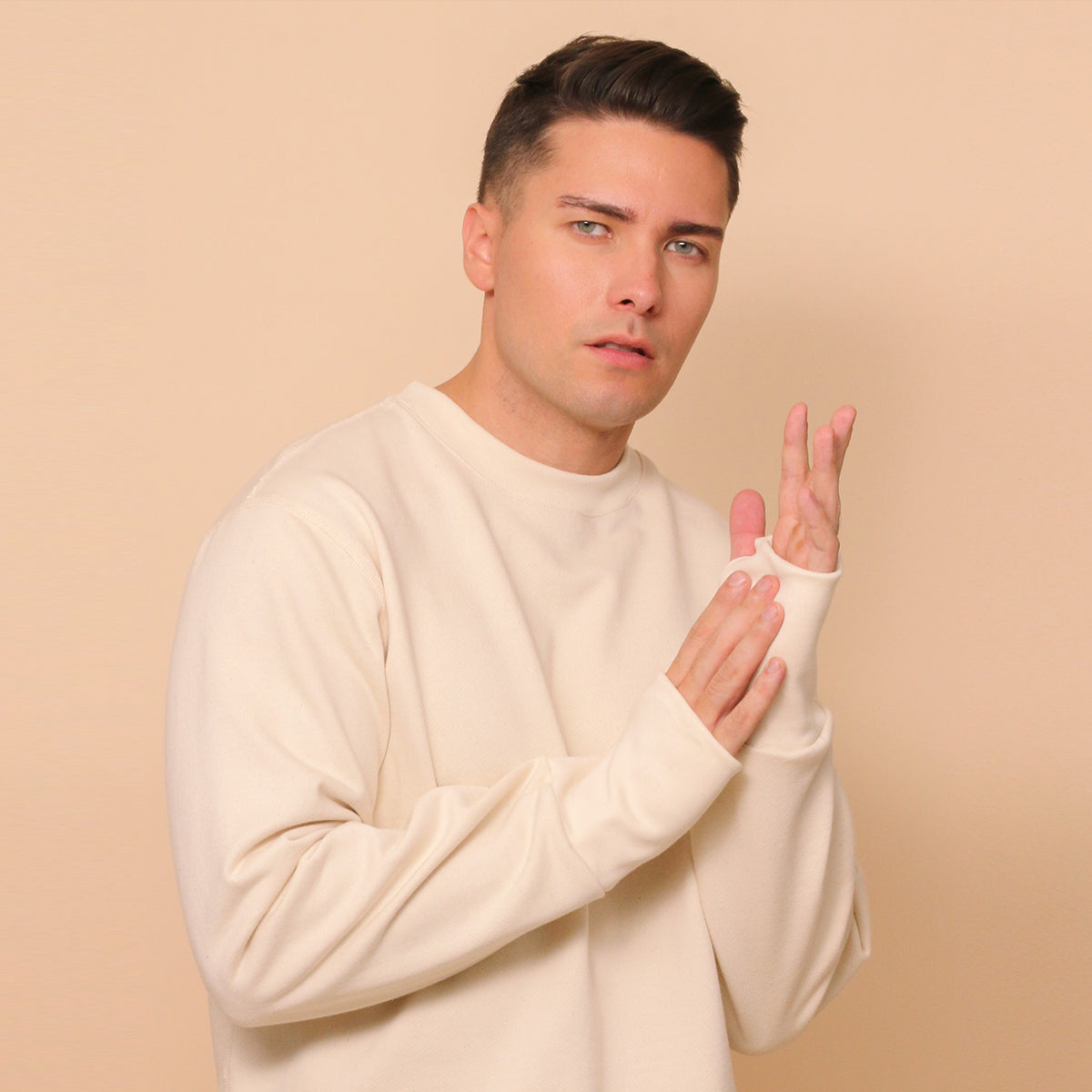Understanding Juvenile Plantar Dermatosis
As parents, the well-being of our children takes precedence above everything else. When our kids encounter discomfort or pain, it naturally becomes a matter of great concern—especially when such issues persist in their adorable little soles.
Childhood represents a period of discovery, development, and adventure. During this phase, every child is filled with joy and love, greeting each day with a boundless sense of wonder.
Through their eyes, the world is a place teeming with limitless possibilities for boundless curiosity and unfettered imagination. With every step, they embark on a journey of innocence and exploration. But what happens when those those innocent little feet also encounter some problems along the way?
In 2017, clinical professor Christen Maria Mowad published an article stating that foot dermatitis in children can arise from various factors. The most common causes are allergic contact dermatitis, irritant contact dermatitis, atopic dermatitis, and psoriasis. Yet, there is one distinctive condition that tends to go unnoticed, leaving parents unaware of its consequences: juvenile plantar dermatitis.
WHAT IS JUVENILE PLANTAR DERMATOSIS?

Juvenile plantar dermatosis (JPD), also known as atopic winter feet and forefoot dermatitis, is a chronic, dry-skin condition of the feet that commonly affects pre-adolescent children between the age of 3 and 14 years, with an average of 8.
DermNet reported that the skin condition "occurs slightly more frequent in boys than girls." Although JPD can be frequently seen in children with eczema, it is not a requirement for diagnosis nor confirmed in case control studies.
Meanwhile, the American Osteopathic College of Dermatology (AOCD) shared that the primary underlying mechanism involved in the development of JPD is a cycle of excessive moisture followed by rapid drying, which leads to cracking and fissuring of the plantar surfaces of the feet.
"The keratin layers of the feet become excessively hydrated from sweat or water exposure, and then with rapid drying they become super-dehydrated," it said, emphasizing that repeated exposure to this cycle leads to the gradual buildup of micro-damage on the soles of the feet.
WHAT CAUSES IT?
According to Patient, an online comprehensive directory of evidence-based clinical information, the primary causes of JPD are friction and sweating. "The consensus of opinion is very much that socks and shoes made of synthetic materials are to blame," it said, noting that the JPD was first described in the 1970s.
While the exact cause of JPD is not entirely understood, there are several factors that may contribute to its development:
- EXCESSIVE MOISTURE
One of the primary culprits of JPD is excessive moisture on the feet, which softens the skin and makes it more susceptible to damage. Prolonged exposure to moisture, like sweaty or wet shoes and socks, can exacerbate the condition.
- FRICTION
Frequent rubbing or friction on the soles of the feet, often caused by ill-fitting shoes, synthetic-blended socks, or excessive physical activity, can lead to the development of JPD.
- FUNGAL INFECTIONS
Fungal infections, such as athlete's foot, can sometimes accompany or exacerbate JPD.
- CLIMATE CHANGES
Alternating moist and dry conditions may also lead to the condition.
WHAT ARE THE SYMPTOMS?
This condition can be quite distressing for children as it can cause pain or discomfort, affect their daily activities, such as walking, running, and playing. Here are the clinical features of JPD:
- Itchy, sore, and shiny red patches on the weight-bearing surfaces of the feet.
- The skin appears tight and smooth, but painful fissures, dry feet, and scaling may occur.
- It usually affects both feet symmetrically, particularly in big toes, balls of the feet, and heels.
- Children with JPD may complain of heavy sweating, particularly worst in the summer.
HOW TO TREAT IT?
As the evidence base for primary care and management of JPD remains very limited, there is no consistently useful treatment for the skin condition other than general recommendations. However, the AOCD stays confident that the best method of treatment is still prevention.
"The treatment for JPD is simple, to reduce the amount of "wet-to-dry” cycles that the feet experience... [And] this can be accomplished by obtaining more breathable footwear, wearing thicker more absorbent socks, and by avoiding rapid drying of dampened feet," it added.
However, if your child experiences the unfortunate effects of JPD, have them try the following:
- REDUCE FRICTION
Let them wear well-fitting, supportive shoes that provide ample cushioning to minimize friction.
Put on two or more pairs of breathable socks on their feet to help reduce friction. If they have a sensitive skin, choose 100% organic cotton alternatives.
Avoid their tight shoes with plastic soles and socks made of synthetic materials.
Encourage them to change socks regularly, especially if they become damp, sweaty, or wet.
- LUBRICATE THE DRY SKIN
Apply moisturizing cream containing urea or petrolatum to their feet after bath and before bed.
Apply a barrier cream that contains dimeticone during the day every 4 hours to their feet.
- REST
Schedule quiet times for them with little or no walking to allow fissures to heal.
- COVER CRACKS
Fissures heal faster when occluded. As advised by Patient, adhesive plasters are usually satisfactory, but a spray or liquid acrylate glue can be applied to their fissures to relieve the pain.
- REGULAR CLEANING
Teach your child to clean their feet daily, especially after physical activity. Using mild, fragrance-free soap and warm water is recommended.
- RESIST THEIR URGE TO PICK
Encourage your child not to pick at or peel the affected skin. This can worsen the condition and lead to infections.
- SEEK MEDICAL ADVICE
If your child's condition worsens or does not improve with home care, consulting a pediatrician or dermatologist for a professional assessment and treatment plan is the best course of action for your child's foot health.
WHAT TO WEAR?
Although 100% organic cotton socks can offer advantages to individuals with skin allergies, it's crucial to recognize that individual sensitivities may differ. Our allergy-friendly organic cotton socks are meticulously crafted without the inclusion of harmful synthetics, toxic substances, or rough elastics.
These socks contribute to alleviating symptoms and offer warmth without the presence of latex, spandex, or even formaldehyde. Furthermore, they effectively safeguard against skin irritation, blisters, and flare-ups while ensuring uncompromised comfort. This makes them an excellent choice for children who contend with sensitive skin, eczema, multiple chemical sensitivities, and other skin allergies.
Latex-Free Organic Cotton Knitted Kids’ Socks

Ensuring your child's moments of fun—free from irritation and discomfort.
DISCLAIMER: The information presented on Cottonique is not, and will never be, intended to be a substitute for professional medical advice, diagnosis, or treatment. All content materials found on this site, from text, treatments, outcomes, charts, graphics, photographs, and study findings, are created and published for general informational purposes only. It should not, in any way, be construed as a standard of care to be followed by a user of the website.
Thus, readers are encouraged to verify any information obtained from this website with other accurate references and review all information regarding any medical condition or treatment with their physician. As Cottonique strives to help those with allergies live with better days, the hypoallergenic apparel brand encourages everyone to always seek the advice of their physician or other qualified health providers with any questions they may have regarding a medical condition.


